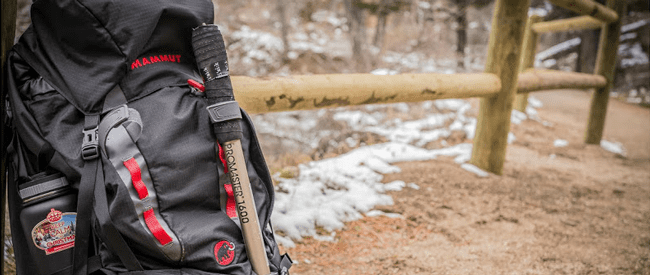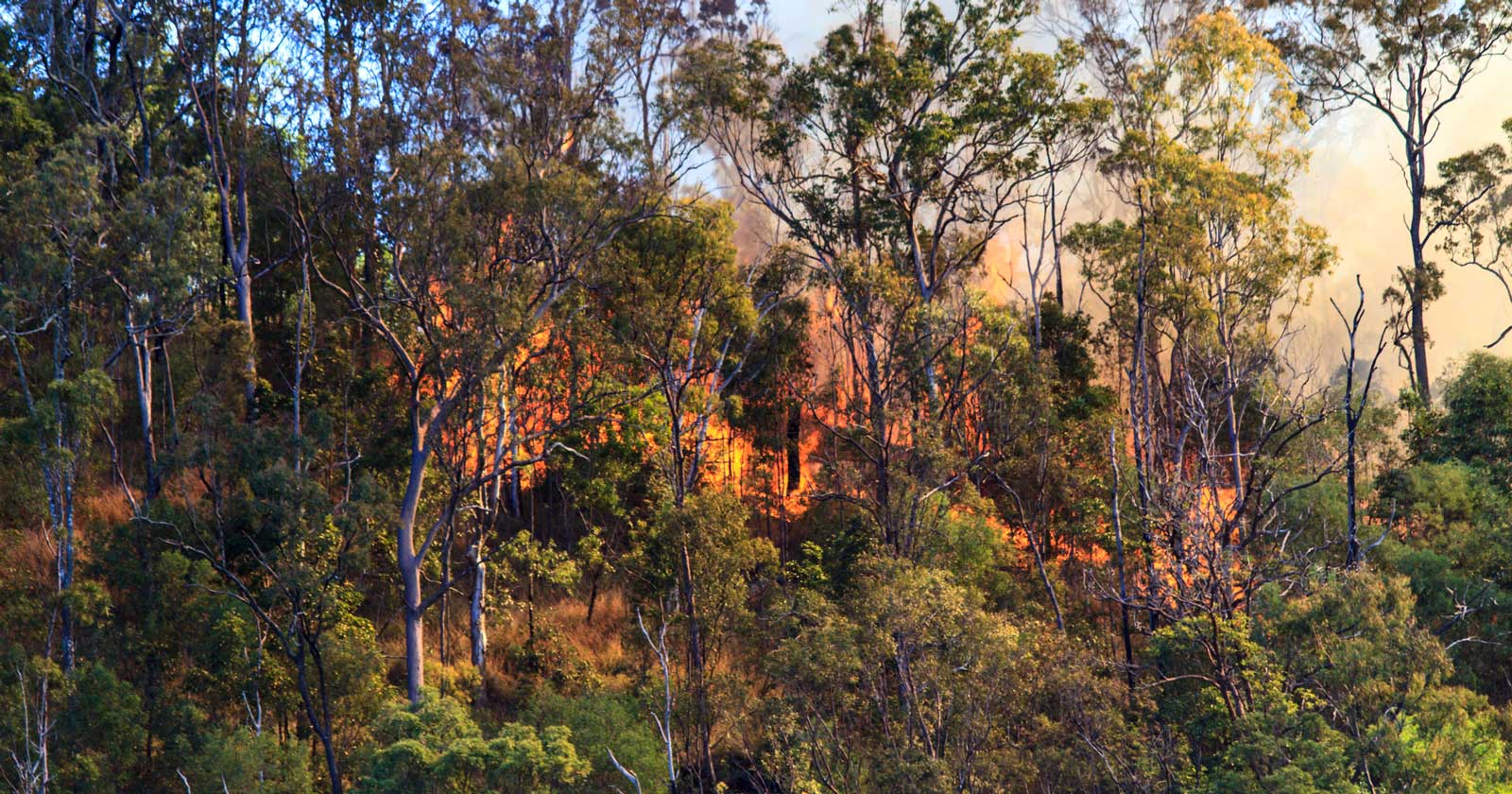The rugged beauty of the Australia’s Top End unfolds before you – towering red cliffs, vibrant bushland, and crystal-clear waterways teeming with life. But beneath the surface lurks a danger. As the dry season sets in from May through October, calling adventurers to dust off their hiking and camping gear, it’s essential to tread cautiously.
Australia’s Top End is a sanctuary for some of the world’s most incredible wildlife, including saltwater (estuarine) and freshwater crocodiles. These formidable predators command respect any time of the year, especially during breeding season. Both saltwater and freshwater crocodiles exhibit heightened territoriality and aggression to protect their young.
While freshwater crocodiles may be smaller, they too can pose a threat. Encountering them near their nests can be particularly risky. Amidst the allure of the great outdoors, remaining vigilant and taking precautions is paramount. Being aware of the presence of crocodiles and adhering to safety guidelines ensures a memorable and safe exploration of the Top End’s natural wonders.

Essential Crocwise Tips
To stay safe during your Top End adventure, follow these essential Crocwise Tips:
1. Camp Safely
- Camp at least 2 meters above the high water mark and 50 meters from the water’s edge to minimise the risk of crocodile attacks.
- Avoid places where animals and livestock drink.
- Attractants like spilled water can draw crocodiles.
- Dispose of food scraps, fishing rubbish, and other waste in bins away from your campsite.
- Double-check that previous campers haven’t left anything behind, as food scraps can attract crocodiles.
2. Water Safety
- Avoid returning to the same spot at the water’s edge to fill your bucket. Create new paths to avoid attracting crocodiles to established trails.
- Never prepare food, wash dishes, or perform other tasks near the water’s edge or next to sloping banks. These areas provide easy access for crocodiles.
- Fill up your bucket and move away from the water’s edge before starting any chores.
3. Nighttime and Breeding Season
- Be extra vigilant at night. Crocodiles are more active during these hours, so minimise your time near the water.
- If you must be near the water at night, use headlamps or strong flashlights. Improved visibility may deter crocodiles.
- While Crocodiles can be active year-round be aware of breeding season (September to April) crocodiles are more active, aggressive, and territorial as they defend their nests and young. Avoid these times for activities near crocodile habitats if possible.
4. Fishing and Boating
- Always stay alert when near Top End waterways. Crocodiles can be surprisingly stealthy.
- Keep your arms and legs inside your boat at all times. Use a net or gaff to retrieve fish. Dangling limbs can attract crocodiles.
- Stand at least five meters away from the water’s edge while fishing. Never stand on overhanging logs, which crocodiles use for basking.
- Dispose of fishing rubbish properly, well away from the water’s edge. Food scraps attract crocodiles.
- Do not enter the water to retrieve snagged fishing gear. It’s not worth the risk.
5. Wildlife Encounters
- Never provoke crocodiles. Even if a crocodile seems inactive, avoid any actions that could provoke it, such as throwing rocks or getting too close. Report crocodile sightings, especially in unexpected areas, to the appropriate authorities. This helps them monitor crocodile populations and keep everyone safe.
6. General Safety
- Walk with a partner whenever possible. There’s safety in numbers, especially in crocodile country.
- Keep children supervised. Closely watch children around crocodile habitats, and ensure they understand the dangers.
- Observe crocodile warning signs. Pay attention to posted warnings and signage in areas with crocodiles.

Understanding Crocodile Habitats
Australia is home to unique and fascinating wildlife, including some that pose potential hazards. Saltwater crocodiles live in rivers and freshwater swamps across the north of Australia — northern Western Australia and Queensland and all of the Northern Territory. They like to travel and can be found up to 100km inland and sometimes visit beaches in these areas. The Northern Territory (NT), Queensland (QLD) and Western Australia (WA) Governments emphasises that while they actively manage crocodile populations, individual behavior around crocodile habitats is crucial for safety.
Key Points:
- Any body of water in the Top End may contain large and potentially dangerous crocodiles.
- Saltwater crocodiles can inhabit both fresh and saltwater. Assume any water body in their natural range is unsafe to swim unless signposted otherwise.
- Most fatal crocodile attacks in the NT over the past 20 years have occurred when people entered the water outside designated swimming areas.
Saltwater and freshwater crocodiles have diverse habitat preferences. To learn more about their specific habitats, visit the following resources:
- Saltwater (Estuarine) Crocodile: https://australian.museum/learn/animals/reptiles/estuarine-crocodile/
- Freshwater Crocodile: https://australian.museum/learn/animals/reptiles/freshwater-crocodile/

NT Government Initiatives
The NT Government has several strategies to protect the public from crocodile attacks:
- Active Management: Using surveys to locate and traps to safely remove crocodiles from specific areas.
- Educational Programs: Informing the public on how to stay safe in crocodile habitats.
- Promoting Responsible Behavior: Encouraging safe practices in areas where crocodiles are present.
Additional Safety Tips
- For Pets: Crocodiles will prey on other animals, including pets. Leave your furry companions at home when exploring crocodile habitats.
- When Swimming: Only swim in areas with designated safe swimming signs. If there is no sign, do not swim there, as it may still be dangerous. It is safe to swim in some areas at certain times of the year, as shown Be Crocwise in the table here (https://becrocwise.nt.gov.au/crocodiles-and-me/stay-safe-while-swimming)

Resources
For more information on how to stay safe, visit Be Crocwise . Let’s make sure everyone enjoys the dry season without any unfortunate incidents. Plan your adventure, pack for the conditions, and most importantly, Be Crocwise for a safe and unforgettable dry season experience in the Top End! Remember, your safety is your responsibility. Be Crocwise!
#BeCrocwise #DontLetYourMateBeBait #TrailHikingAustralia #StaySafe





